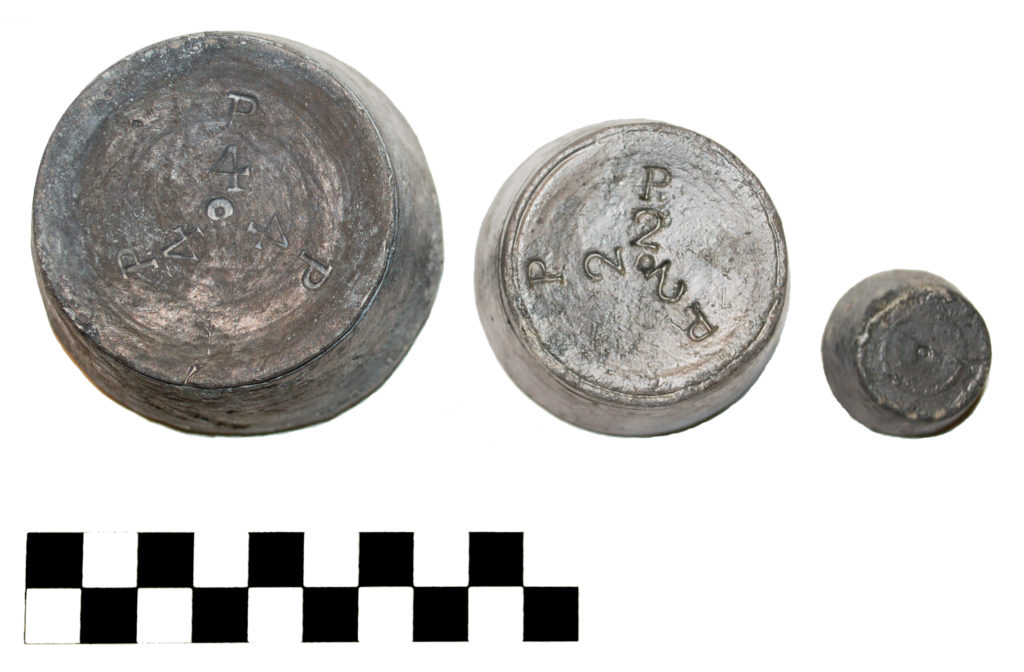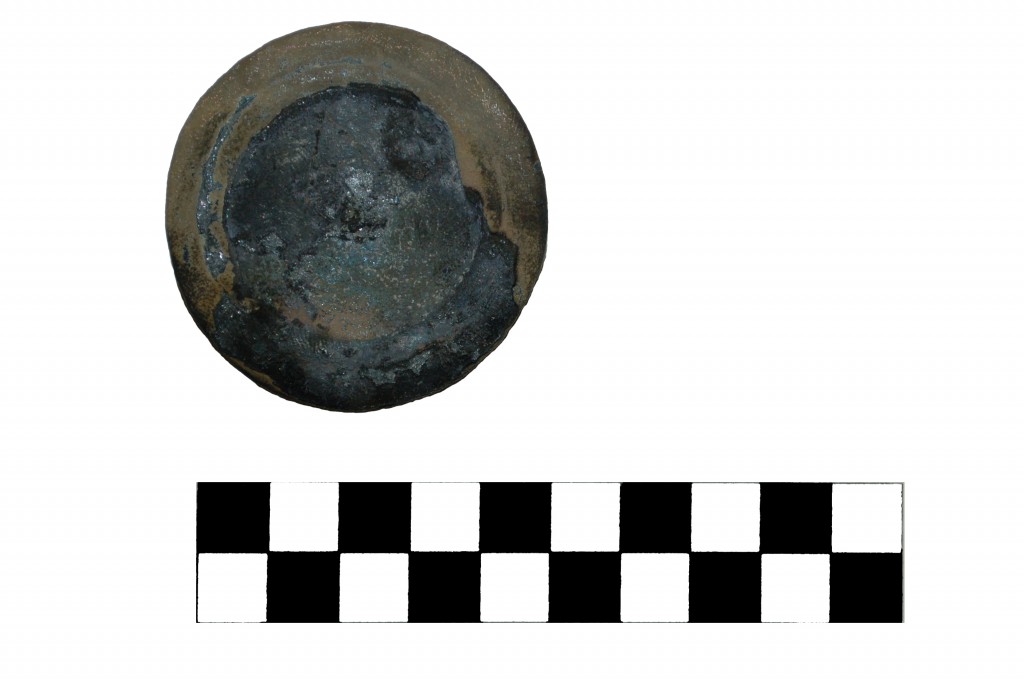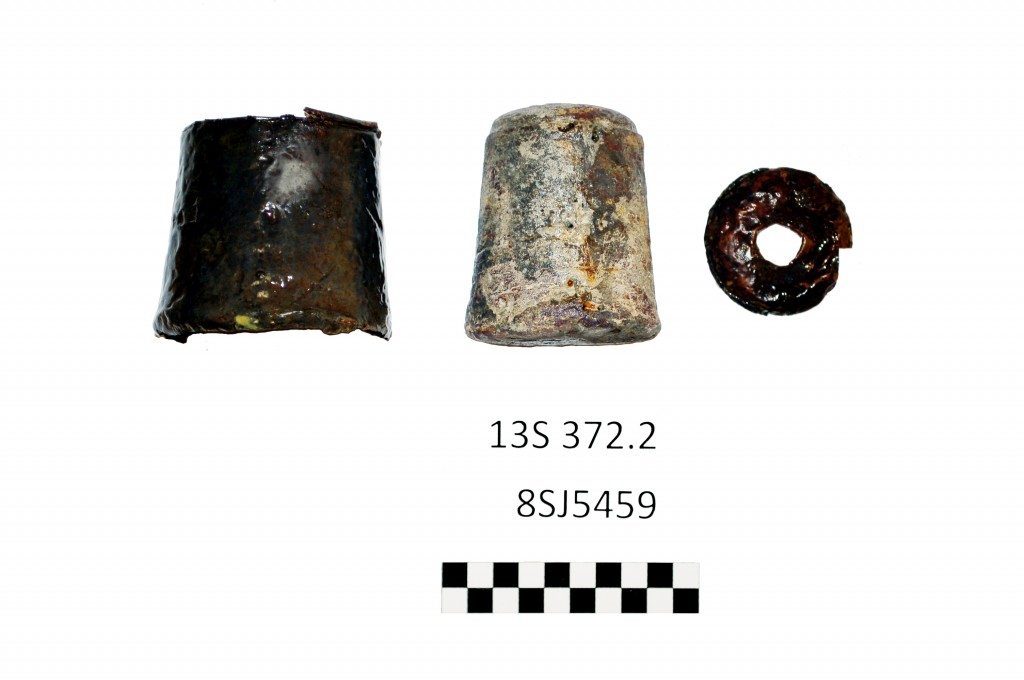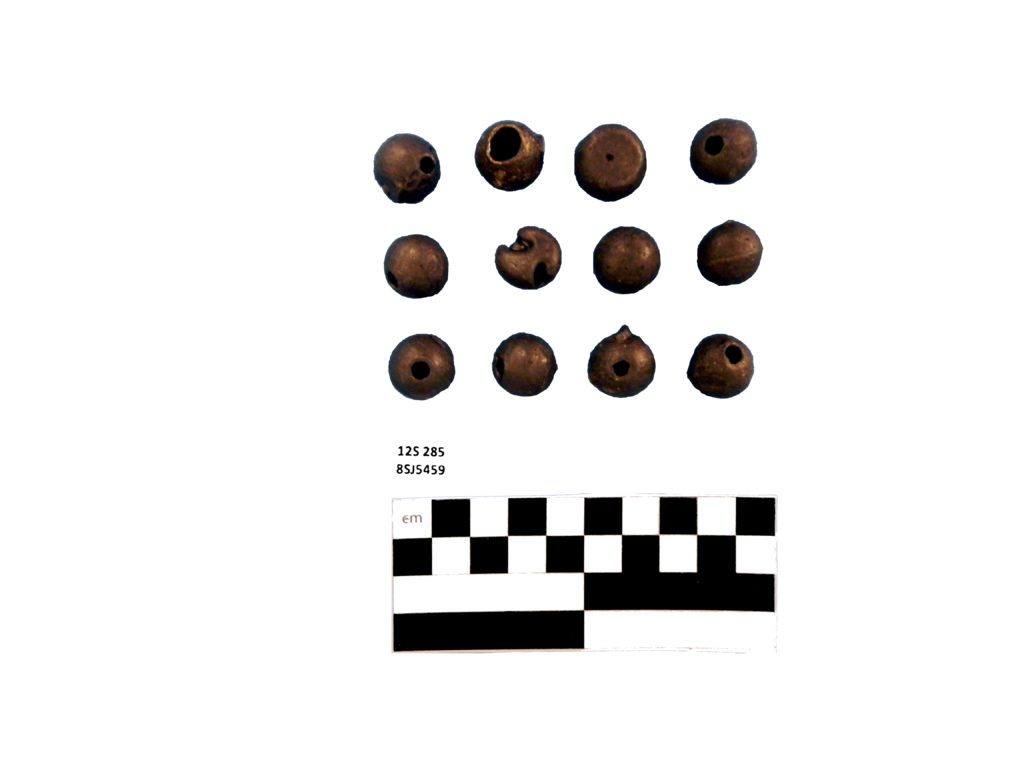New conservation projects have taken a short break as the archaeology staff prepares for the annual Society for Historical Archaeology conference in Washington D.C., January 5-10. The SHA conference is one of the largest meetings of the year and also one of the most pertinent to underwater archaeology. The research arm of the St. Augustine Lighthouse & Maritime Museum, the Lighthouse Archaeological Maritime Program (LAMP), will be presenting findings on the Storm Wreck. Staff archaeologists, conservators and field school students will be talking about the excavation, research and interpretation of the wreck.
The aspect I will be presenting on is the assemblage of weights found throughout the site. While not exactly the first artifacts that come to mind when thinking of this 1782 British Loyalist shipwreck, they tell a very interesting story of the refugees on board, the passengers and crew during the voyage and the ship breaking apart.
The first group of weights is those that were either personal belongings or did not have something to do with the ship. The majority of these were commercial trade weights of some sort.
Three similar pan or balance scale weights were found separately on the site, but share similar features. These conical, bun-shaped weights are made of lead and were most likely used with a hanging balance scale. The shape suggests they were meant to rest in one of the scale’s pans.
Another disc-shaped weight was found on the wreck, but is slightly different than the others. It is made of brass and covered in lead. It is unclear why there is lead on the outside of the brass. It may be that the lead was added to increase the weight, or to match a standard unit of measure. There is an impression of the letter “A” in the brass and lead that would suggest it is a Georgian trade weight on the averdupois pound system.
Another commercial weight was previously discussed in a conservation blog post. This was an unusual three-piece artifact consisting of brass and lead. The brass covered the top and exterior sides of the conical shaped lead, but was two separate pieces tacked into the softer metal. The lead also had the corroded remains of an iron loop in the top. Together, the pieces suggest that it is a counterweight for a steelyard. The heavy weight would slide along the long extended arm of the scale until balanced and measured.
One of the interesting non-trade weights was confusing at first. It was very heavy and very dense in the initial X-rays. The image did show a loop at the top of the artifact, though, that had slightly corroded. After removing the concretion from the artifact, I found the large radio-dense section was made of cast iron, conical in shape and held the loop in place on top. The underside of the weight was also cast iron, but had a central hole filled with lead. This certainly explained the heft of the object, but left me wondering what exactly it was for.
At that point, fellow Lighthouse archaeologist, Brendan Burke, indicated it was most likely a livestock tether. The heavy weight could have been used to tie up horse or cattle, but would have also been mobile, possibly to move the animals through grazing pastures. Another possibility was to use the artifact as a “buggy anchor.” This would have served the same purpose as a naval anchor, but by tethering a cart horse in place instead of a ship.
The final set of weights lets us take a glimpse into the voyage of the Storm Wreck. As can be expected from a long trip by sea, a certain amount of fishing would have taken place and we have found a handful of weights that seem to corroborate this.
While dredging some excavation grids and later sifting through the dredge spoil, we found a number of small lead birdshot that had been repurposed into fishing weights. Someone had pushed holes through the small, round balls, probably for use as net weights. This is pretty interesting archaeologically speaking, because we can see the crafting taking place on board during the travel.
Two additional larger lead weights also appear to be fishing net or line weights, but it cannot be determined whether they were created on board.
We look forward to sharing these findings and other pieces of the Storm Wreck story at SHA in January, as well as through our new exhibit “Wrecked” opening in Spring 2016.
Read more conservation stories from the Lighthouse »
Andrew Thomson is the Assistant Conservator for the St. Augustine Lighthouse & Maritime Museum. He received his graduate degree and training from the Conservation Research Laboratory at Texas A&M.









